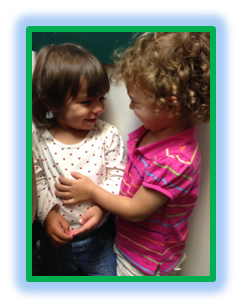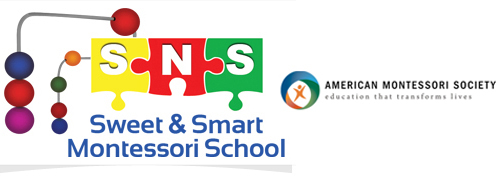Introduction to Limit Settings
 I know many of you, who have a child or are in the educational field, at one point or another have felt as you do not have the tools or maybe felt loss on how to handle specific situations with a toddler. Someone shared this article with me, I don’t know who wrote it; but the thought is far more worthwhile and valuable so I wanted to share it with all of you, and maybe help you when you are in one of those moments
I know many of you, who have a child or are in the educational field, at one point or another have felt as you do not have the tools or maybe felt loss on how to handle specific situations with a toddler. Someone shared this article with me, I don’t know who wrote it; but the thought is far more worthwhile and valuable so I wanted to share it with all of you, and maybe help you when you are in one of those moments
Limit Setting for less than three years olds is really reliant upon the creativity, belief system and ingenuity of the assistance to infancy caregiver.
The safe, prepared and developmentally appropriate environment, the attitude and consistency of the staff and predictability of the environment, all play an important role in allowing for the child to find a positive outlet for his/her own unique expression of self.
Therefore, “no’s”, negative reinforcement ad “time out” (asking a child to wait when the developmental stage is oppositional to that comprehension) has no place in the management of the young child. Engaging the child in activities that are developmentally appropriate and redirecting the child are strategies that are more successful in working with children less than three years. Offering choice around activities and situations offset many potential power struggles.
Language is another powerful tool that can be utilized effectively. For instance, stating behaviors you want to occur instead of reiterating and reinforcing the negative behavior will be more helpful in helping the child to clearly understand expectations. Telling the child what you are going to do before you do it helps prepare the child who needs more time to be compliant.
Few, simple and clear house rules will allow for the child to gain understanding of how he needs to act in a given situation, Explaining simply what is expectable, i.e., “I don’t like it when you step on my feet. It hurt me”, is language that explains and helps the child understand reality.
Preparation, language, understanding of the developmental stage and the caregivers’ faithful belief in the positiveness of human nature are key strategies for developing a caring and safe environment where appropriate choice and limits can be safely carried out.
Categorised in: Uncategorized



